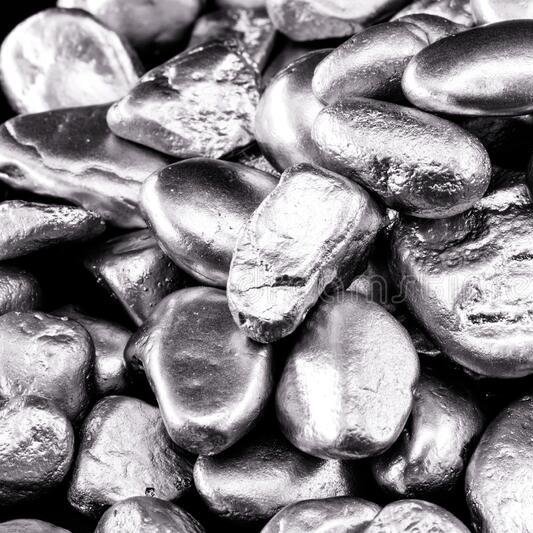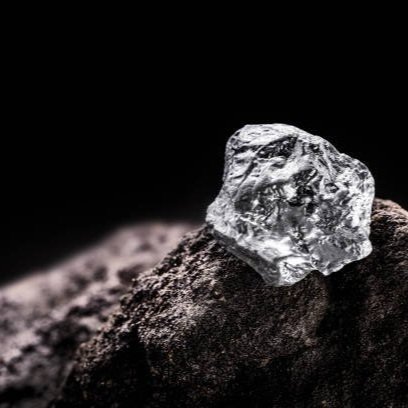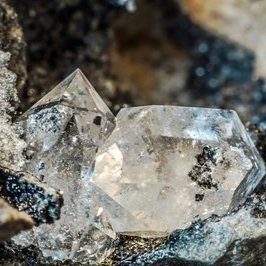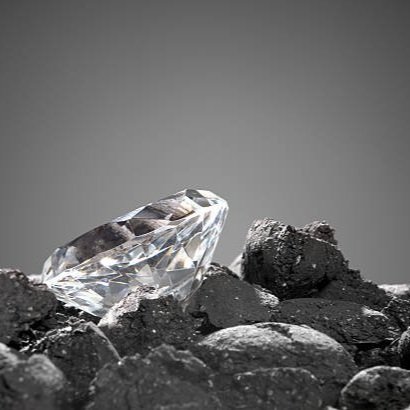Fine jewelry craftsmanship meets state-of-the-art in ethical sourcing
Everything You Need To Know About Lab Grown Diamonds
https://people.com/style/everything-you-need-to-know-about-lab-grown-diamonds/
“Is there a noticeable difference when looking at a natural vs. lab-made diamond?
KBH Jewels, Kimberly Berry Haisch : No. The Federal Trade Commission (FTC) just rewrote their guidelines in July and changed the definition of what constitutes as a diamond. They ruled that lab-grown are not synthetic and are physically, chemically, visually identical to mined diamonds. Mined diamond are made from carbon. And carbon is an element. And a diamond forms because the carbon starts to crystallize. So now, the definition of a diamond is crystallized carbon. And that’s exactly what we do when making lab-grown diamonds — crystalize carbon.”
The History of Laboratory Grown Diamonds
In 1954 General Electric pioneered the first successful creation of diamond material.
Diamonds created by the Earth form under extreme temperature and pressure conditions, the conditions in which diamonds are created in the laboratory mirror these naturally occurring processes. Both traditionally mined, and laboratory grown diamonds are an all-Carbon element with the same chemical composition and optical properties. Whereas diamond simulants may resemble a diamond in different ways, laboratory grown diamonds are diamond. Both materials are comprised of the same core element, having all the same characteristic properties and durability.
Diamonds have incredible conductivity when it comes to heat and electricity, because of this about 80% of all diamonds find application for industrial uses, such as: cutting, drilling, sanding and polishing, as well as high-tech applications and optics. In the 1960’s Laboratory grown diamonds first found application for industrial purposes. In the 1970’s lab grown diamonds first found their way into fine jewelry. Lab grown diamonds were first showcased in the fine jewelry stores of Beverly Hills, California. In the early 2000’s laboratory grown diamonds began gaining traction, primarily through colored diamond material (yellow, blue, pink, green) coming to the fine jewelry market. Over the last two decades, scientists have discovered more precise and efficient systems to create diamonds. This influx of large, gem-quality, colorless lab grown material has shifted the market from only traditionally mined diamonds to a diamond market which has options.
Both visually and chemically, diamond material has the same properties and characteristics in both natural and lab grown varieties. The difference between the two is point of origin. Even a trained Gemologist cannot detect a Lab Grown diamond from a Traditionally Mined diamond by eye alone, this is why each lab grown diamond put to market must have a laser inscription of its Certification number on the girdle of the stone. This inscription is what tells a Gemologist the stone is indeed a lab grown diamond and confirms its point of origin.
So how do you know which choice is right for you?
Choosing a diamond is a romantic experience, and the choice you make should reflect your personal values. Our team of experts are happy to discuss all the nuance involved in the diamond industry, informing you so that you can make the best choice for yourself.
Greenhouse Diamonds (Laboratory Grown)
This process was pioneered by General Electric in 1954 and certified by leading independent gemologists. Laboratory diamonds are grown from carbon crystals in a sustainable process that does not require mining. The result are genuine Type IIa diamonds, the purest form of diamond known. Breathtakingly beautiful and much less costly to the planet and the buyer, they reflect a deep commitment to ethical practices and the sanctity of life.
Fair Trade Metals: a Fair Shake for Everyone
While diamonds can be created in the laboratory, precious metals still must be mined or reclaimed. Rings True works with Stuller's Earth First program, which encompasses appropriate mining methods for conservation, remediation and fair labor practices, as well as proper refining; workplace safety and clean emissions. We are commited to sourcing items from distributors and vendors who establish and help champion fair trade deals.
Full Transparency: Value Assured
Often entrusted with materials valued at many hundreds of thousands or millions of dollars, a master stonesetter must adhere to the highest standards of integrity. Karl Linger extends this commitment to each and every customer purchase to assure your jewelry meets the profession's highest standards for quality, purity and grade of materials, engineering and fabrication. We will safegaurd your precious materials as if they were our own.
Why Platinum?
Only True White Precious Metal
Platinum is a naturally occruing white metal, avoiding the need for rhodium plating and the undesirable white and yellow blochiness that comes from 14K White Gold as the rhodium plating wears away.
Long Term Sustainability
Platinum is a denser metal compared to 14K White Gold. Making the material perfect for a lifetime of wear, keeping your precious stones safe and secure for decades to come. Platinum when scratched, the metal is moved on the surface not removed in the case of white gold which lends itself to long term wear.
Hypoallergenic
Platinum jewelry being 95% pure makes for the only true white hypoallergenic precious metal in the jewelry market. 14K White gold is 58.5% pure gold and the remaining alloys used are usually composed of either nickel, silver, or palladium The last thing anyone wants is for their beautiful custom creation to irritate their skin.
Cost Comparison
The gold market (averaging at around $1,900 per ounce 11/5/20) is high comparative to the cost of platinum (averaging at around $900.00 per ounce 11/5/20). Making the jump to Platinum from 14K White Gold today is a minimal cost comparison to the many added benefits that Platinum provides for your custom jewelry.
















